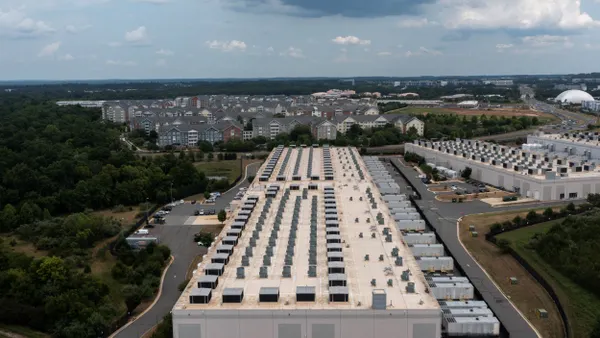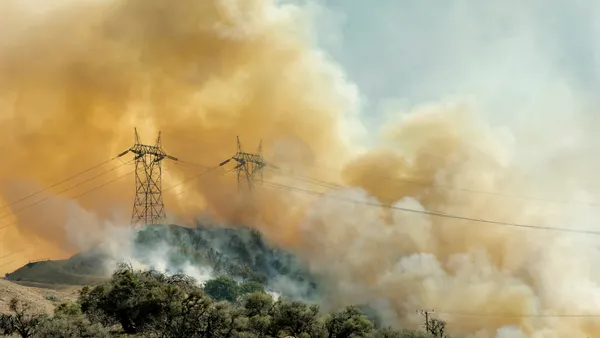Dive Brief:
- Electrifying all 10 million vehicles in the Tennessee Valley Authority service territory would add 25-30% to existing load, a level the transmission system could handle, according to utility studies.
- If there are problems in electrifying the transportation system, "the distribution system will be the canary in the coal mine," TVA Senior Project Manager for EV Evolution Ryan Stanton said Thursday on a transportation and transmission panel at the WIRES Spring Member Meeting.
- Utilities can meet new electric vehicle charging demand, but experts say it will require greater coordination with fleet owners, state governments and automakers, along with changes to the traditional integrated resource planning process.
Dive Insight:
There are about 18,500 EVs on Tennessee roads today, but the state is aiming for 200,000 by 2028.
"We have some work to do," Alexa Voytek, energy programs administrator at the Tennessee Department of Environment and Conservation’s Office of Energy Programs, said on the panel.
TDEC has been working with TVA and other parties, including local governments and automakers, to prepare for rising EV adoption. A 2019 EV infrastructure assessment revealed the need for public or utility investment in fast charging infrastructure along highway corridors, "particularly given the low expected utilization in the short-term," Voytek said.
In 2021, TDEC and TVA jointly committed to fund a network of charging stations 50 miles apart on Tennessee highways using funds from the Volkswagen Clean Air Act settlement, and now federal infrastructure funds as well. The state is expected to receive about $88 million over a five-year period from the federal government to help build a national charging network, though Tennessee must still submit a transportation infrastructure plan to the U.S. Department of Transportation by August, Voytek said.
Transportation electrification is a way to fulfill TVA's core missions of energy, environment and economic development, Stanton said. If Tennessee reaches its EV adoption goal, it will result in about $200 million in annual consumer savings, he said. And over the last decade, there have been about $20 billion in EV manufacturing investments in TVA's territory, he added.
The utility believes it can handle the load associated with full electrification of the transportation system.
"The load is not small by any stretch of the imagination, but we're not talking about doubling or tripling existing energy use of the grid," Stanton said. A "worst-case scenario" where all of Tennessee's 10 million vehicles went electric today would add up to 30% new load, he said.
"We're not seeing that the transmission system will be any kind of a bottleneck in the near term," Stanton said. At the distribution level, however, "we're going to start seeing some impacts, and improvements will need to be made to accommodate EVs."
"The distribution system will be the canary in the coal mine for EV adoption, for the transmission system," Stanton said.
And utilities will need to engage in a new kind of planning to upgrade the grid for a new type of use case, according to Kevin Hernandez, a partner at ScottMadden.
"There is a significant gap, a big void, between electric utilities and their knowledge of the electric system, and the transportation industry and their needs from that system. That is a gulf that needs to be crossed and it's going to take all parties to do that," Hernandez said on the panel.
Utilities should be working to educate state officials, in particular at agencies responsible for transportation infrastructure, said Alliance for Transportation Electrification Executive Director Philip Jones.
"Go and talk to your state DOT about what is a high voltage transmission system, what is a step-down transformer, what is a substation," Jones said on the panel. "There's a big gulf now, between the traditional type of utility planning, of loads and resources, and what you do in a [transportation electrification] plan."
Working with automakers and fleet owners is also vital. They "are not going to wait for utilities to get their act together on infrastructure," Jones said. "They need to sell cars, [and] have fleets they need to operate."














